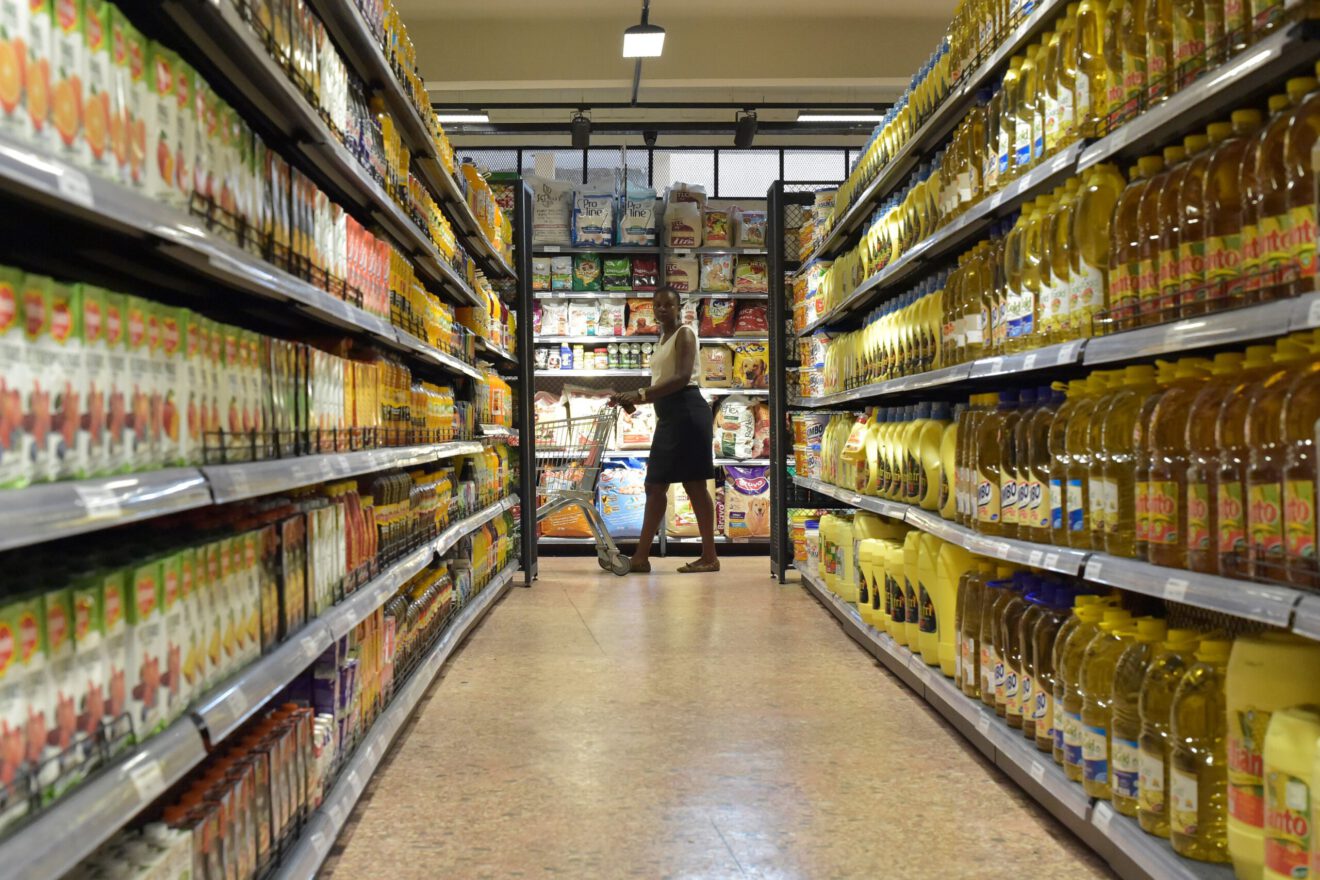When items are displayed on a retail shelf, it may seem as if they’re positioned in random order, but there’s a tremendous amount of planning that goes into retail positioning. Brands and grocers that don’t spend time analyzing insights to determine where to put each product could be sacrificing sales.
Here’s why: Consumers are drawn to products in certain locations, and even those that feature specific colors, according to an analysis from Shopify. Signage, lighting, product grouping and display all factor into consumers’ decision-making during their shopping journeys, so paying close attention to these factors can help retailers and brands boost sales.
Tech insights guide display
Companies aren’t leaving their display strategies to chance, and are instead employing high-tech analyses to determine the best places to put products on the shelf to increase the odds of a sale. Kellogg is currently partnering with Accenture and Qualcomm to work on a virtual reality-based headset that tracks shoppers’ eye movements the companies can better evaluate the ideal merchandising strategy, VentureBeat reported.
CPG brands like Hershey are combining their in-store shelf strategies with their e-commerce shopping experiences to design a seamless journey for the consumer. As part of Hershey’s platform, shoppers can find products online and buy the items either digitally or on physical store shelves. That combined path allows the company to maximize the use of data, analytics and technology to create “the backbone” of how the business is run, said CEO Michele Buck, Food Business News reported.
Benefits span beyond the shelf
The benefits of a strong retail positioning strategy go far beyond boosting sales in the grocery store. Using analytical tools on the retail shelf can also help companies save money by helping track inventory levels. For example, Walmart uses shelf-scanning robots to ensure that the retailer has a firm grasp on what’s on each shelf, and where, CNBC reported.
Merchandising technology is also helping guide shoppers toward specific products with the use of targeted marketing that takes place right in the store. One firm, Cooler Screens, is digitally “reading” the faces of shoppers to predict what they might purchase, and then displaying personalized ads on cooler doors that promote the products that those consumers are most likely to buy, the Boston Globe reports.
In an even bigger leap, Kroger has partnered with Microsoft to construct to grocery stores that utilize Microsoft’s artificial intelligence and cloud-based technology to give shoppers an overall high-tech shopping experience, Fast Company reported. The stores will feature digital displays that show product offers based on shopper characteristics as analyzed by facial recognition technology. Unlike using third-party vendor data, the technology will be “baked in” to the store’s overall design.
Related stories:
- Extending the halo of wellness: Health care at retail
- Shifting toward transparency in food, beverage and personal care products
- A question of loyalty: How grocers can up their game
_______________________________________
If you enjoyed this article, sign up for GMA SmartBrief to get news like this in your inbox, or check out all of SmartBrief’s food and travel newsletters as we offer more than 30 newsletters covering the food and travel industries from restaurants, food retail and food manufacturing to business travel, the airline and hotel industries and gaming.
